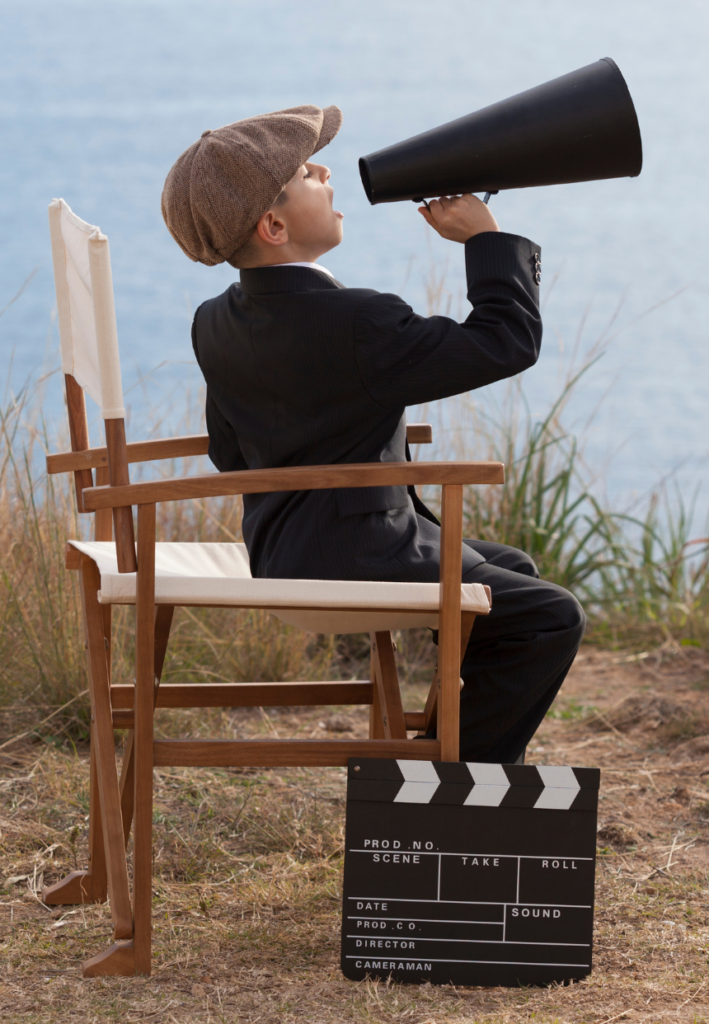Carole Dean – The Art of Film Funding Blog
 Carole Dean founded From the Heart Productions in 1992 to help indie filmmakers get their films funded.
Carole Dean founded From the Heart Productions in 1992 to help indie filmmakers get their films funded.
In her blog, she shares her knowledge and advice on:
- Raising Money for Your Film
- Getting Distribution
- Manifesting Money and Success
- Crowdfunding
- Fiscal Sponsorship
And more with the goal of giving filmmakers the tools to get their films produced.
She hosts the weekly podcast, The Art of Film Funding, interviewing those involved in all aspects of indie film production. She is also the author of The Art of Film Funding, 2nd Edition: Alternative Financing Concepts. See IMDB for producing credits.

